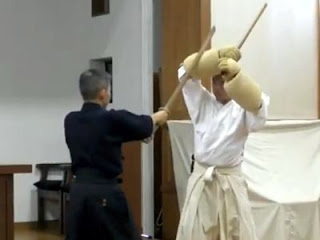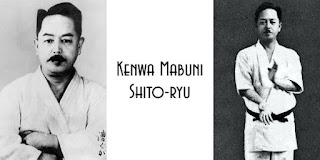Basic Kendo Terms by Neil Horton

WORLD BUDO DEVELOPMENT SOCIETY 世界武道開発協会 Basic Kendo Terms . Kendo (剣道): The Way of the Sword (Lit. Ken: Sword, Do: Path) Kenshi or Kendoka (剣士・剣道家): A Kendo Practitioner Dojo (道場): Training Hall - Specifically for Martial Arts Sensei (先生): Teacher or Instructor Shihan (師範): Head Instructor or Master Rei (礼): Etiquette or Respect (Also referred to as Reiho or Rei) Ashi Sabaki (足捌き): Footwork Do (胴): A Strike to the Torso Ippon (一本): A Point in Kendo (Lit. One Point) Kamae (構え): Ready Position Keiko (稽古): Practice Kiai (気合): Spirit shouting Kihon (基本): Basics Kote (小手): A Strike to the Wrist Men (面): A Strike to the Head Shiai (試合): Tournament Suburi (素振り): Swinging or Striking Practice Suriashi (摺り足): "Sliding" Footwork Used in Kendo Tsuki (突): A Strike to the Throat Bogu (防具): Armour Men (面): Helmet Kote (小手): Gloves Do (胴): Torso Armor Tare (垂): Apron Covering the Upper Legs Bokken or Bokuto (木剣・木刀): Wooden Sword Hakama (袴): Traditional Japanese Trousers Kendogi or Keikog









